
Meaning sunny or beautiful sea, Harumi is a district in Tokyo recently launched into fame by its grand Olympic redevelopment. Harumi Futo, the seafront district, offers stunning night views of Tokyo Tower and Rainbow Bridge as well as being close to some of Tokyo’s most famous sightseeing spots.
Where is Harumi?
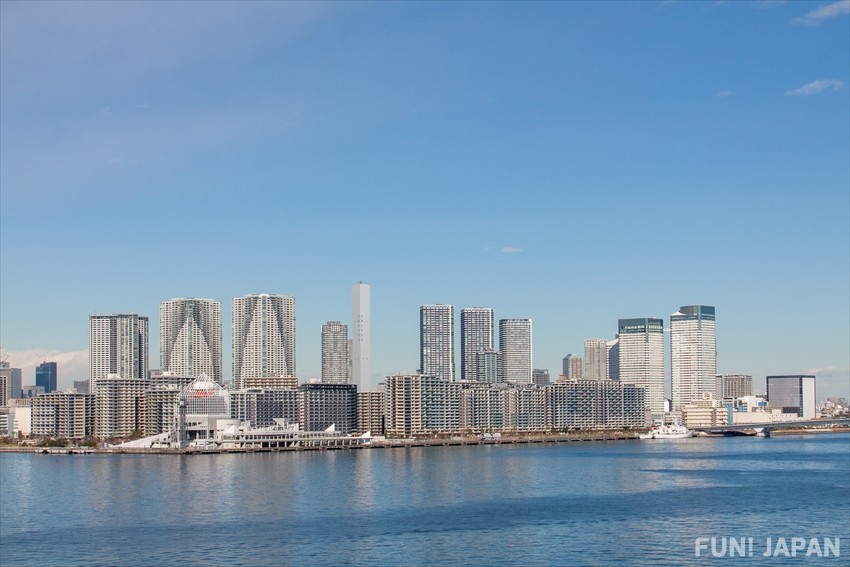
Perched on a manmade island in central Tokyo, Harumi (晴海) is in the Chuo district of Tokyo. Jutting out into the Tokyo Bay, the area is close to Hamarikyu Gardens, both Toyosu and Tsukiji Markets and the Rainbow Bridge. Harumi has five chome (smaller areas) and a total population of just over 16,000 people. The area of 5-chome, known as Harumi Futo, was chosen as a redevelopment spot for the 2020 Olympic Village.
The History of Harumi
Interestingly, the land was originally reclaimed in the years following the Meiji restoration (1869) up until World War II as Tokyo bay was expanded. It was set to be used as the site of a major exposition planned to run alongside the fated 1940 Summer Olympics, which were canceled due to the War and held in 1952, with Japan later holding the 1964 Olympics. Since then it has been slowly developed with the addition of the popular Triton Square and the use of the Terminal Park for incoming cruise ships due to its central location.
Harumi and the Olympic Games
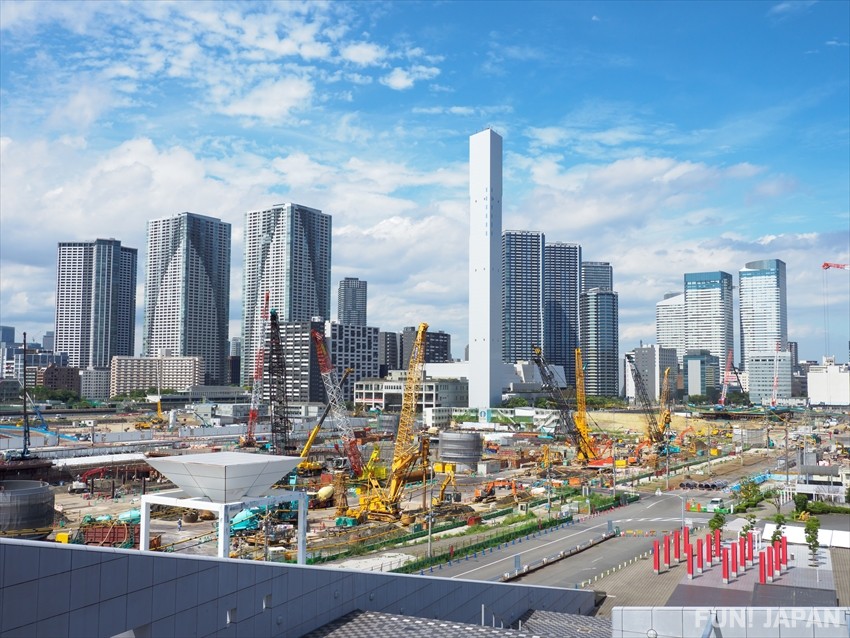
Harumi Futo was completely transformed in time for the Tokyo 2020 Olympics and while they may not have gone as planned, the area served a vital purpose. The Olympic Village, called the Harumi Futo Village is 110 acres with 21 residential buildings holding over 5,000 apartments. Housing over 14,500 Olympic and Paralympic athletes, the village contained everything required for daily life including a post office, shops, an entertainment center and more. Closed to the public, the Olympic Village also hosted around 2,000 guests per day as well as 8,000 games staff. The village was served by self-driving shuttle buses, had a food hall with recipes submitted by Japanese residents, recyclable cardboard beds, and a plaza made using timber from across Japan which will be returned for use in local areas when the events are finished.
While the village was always intended to be self-contained as a security measure, it became increasingly important as due to the ongoing pandemic, the athletes were not permitted to leave the village unless competing.
The Future of Harumi
Following the end of the Olympic and Paralympic games, Harumi will enter the second phase of the Olympic plan. Adhering to the legacy focus of the Olympic Games, the area was designed so it could become apartments and a functioning residential area of Tokyo. The apartments will form 30% of the annual supply in the city, with many already sold.
What’s on Harumi Wharf?

Harumi-Futo is close to plenty of famous spots, but also has some important landmarks of its own. The Olympic Village is being turned into a residential area, there are popular shopping spots and a cruise terminal.
Harumi Triton Square
Harumi Triton is a popular office, residential and entertainment complex with restaurants, shops and services including an eye clinic, nail salon and dentist. Based on the waterfront, it has a relaxing atmosphere with plenty of greenery and is a great place to gran lunch or dinner when exploring the area.
Spot Information
- Name: Harumi Triton Square (晴海トリトンスクエア)
- Address:1-8-16 Harumi, Chuo, Tokyo
- Location: Triton Square is located close to the Reimei bridge and is just a few minutes walk from exit A2a or A2b of Kachidoki Station on the Toei Subway Oedo Line.
- Hours: 11:00 - 21:00 (shops) 11:00 - 23:00 (restaurants)
Harumi Passenger Ship Terminal
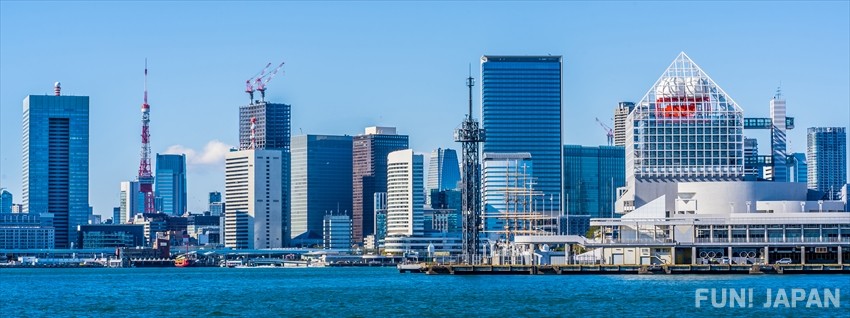
The Harumi Terminal is the host of both domestic and international cruise ships visiting Tokyo. The Passenger Ship Terminal is multiple floors including a rooftop observation deck with views across the bay and city.
Spot Information
- Name: Harumi Passenger Ship Terminal (晴海客船ターミナル)
- Address: 5-7-1 Harumi, Chuo, Tokyo
- Location: Harumi passenger Terminal is on the southern corner of Harumi, across the water from Toyosu Fish Market and close to the Olympic Village.
Sightseeing Spots close to Harumi
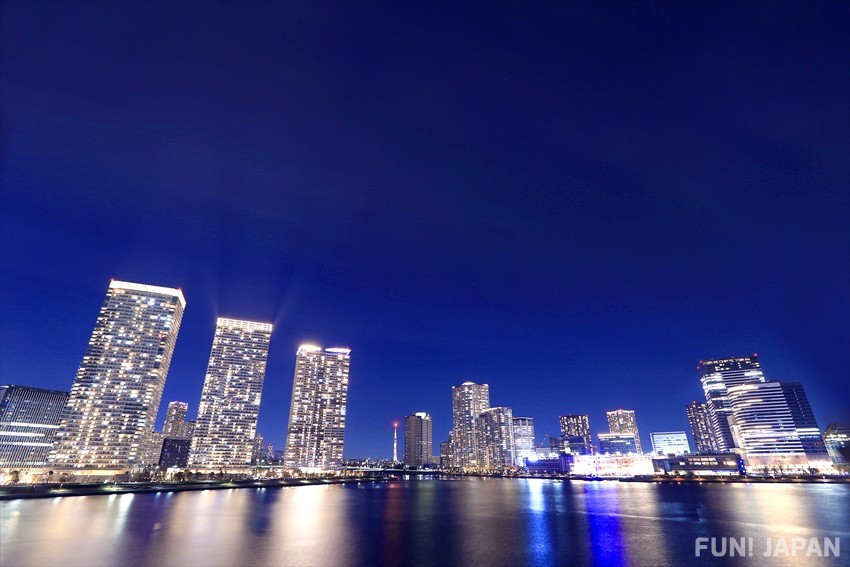
While you may not be planning to visit Harumi alone, there are plenty of great sightseeing spots nearby that combine to make a great day in Tokyo. Simply wandering along the waterside to see stunning night-views of the Rainbow Bridge and enjoying the Olympic Village landmarks is a great place to start.
Toyosu Fish Market
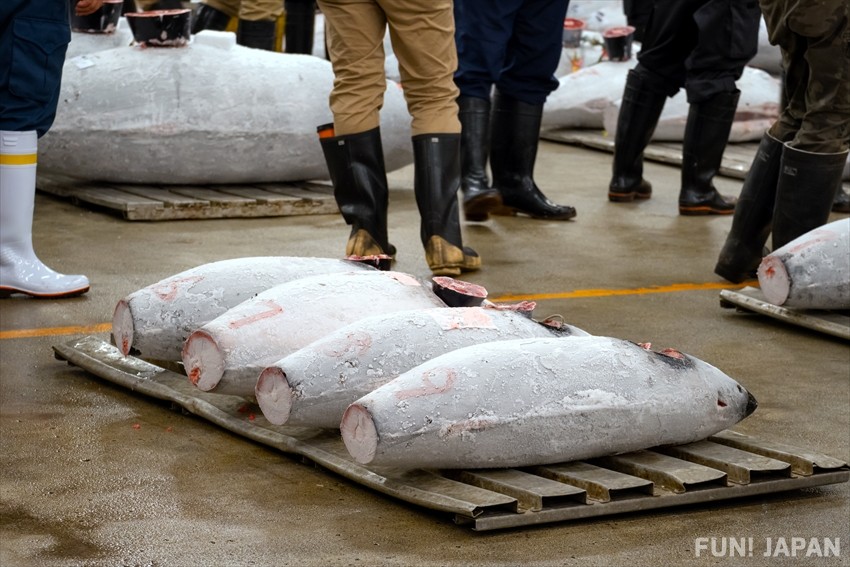
Opened in 2019 to replace the original Tsukii Fish Market, Toyosu is now the home of Tokyo’s largest wholesale market as well as the famous tuna auction. Visitors can observe the auction from the second-floor viewing deck, although tickets are needed in advance (they are free, however). The market has restaurants serving the freshest of fish from the markets as well as shops selling directly to visitors (on a smaller scale than the wholesalers).
Spot Information
- Name: Toyosu Wholesale Fishmarket (東京都中央卸売市場 豊洲市場 水産卸売場棟)
- Address: 6-6-2 Toyosu, Chuo, Tokyo
- Location: The market is located to the southeast of Harumi, just across the Toyosu Ohashi Bridge.
Tsukiji Market Area
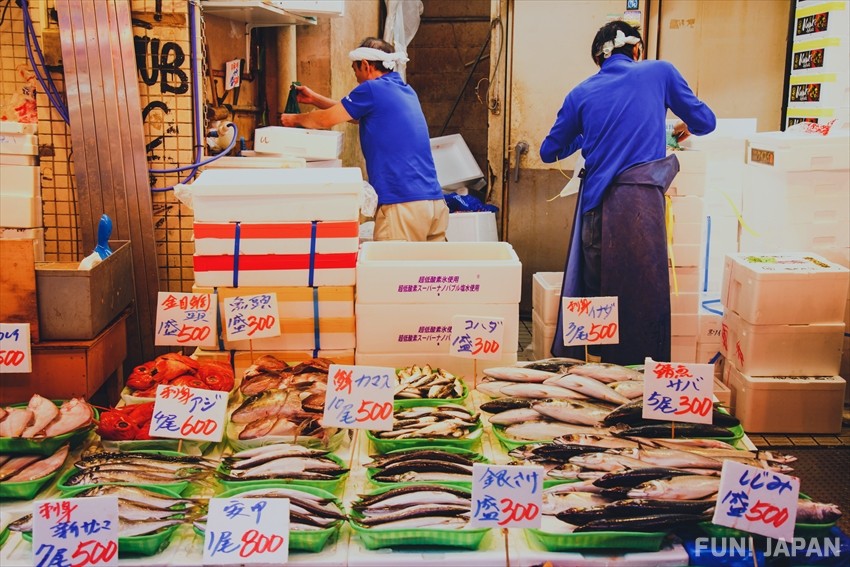
To the northwest of Harumi is the original Tsukiji Fish Market which opened in 1935 and closed in 2018. Once a thronging market with a popular tuna auction, the wholesale areas were eventually relocated to a modern facility in Toyosu. However, the market atmosphere and many of the outdoor market stalls and restaurants remain. It’s a fantastic spot to wander through in the morning for a breakfast of some of the freshest and best quality sushi and sashimi available.
Spot Information
- Name: Tsukiji Outer Market (築地場外市場)
- Address: 4-16-2 Tsukiji, Chuo, Tokyo
- Location: The market is located to the northwest of Harumi, past Tsukishima and on the mainland of Tokyo.
- Hours: Stalls differ but are generally open earlier in the morning and close mid-afternoon.
Hamarikyu Gardens
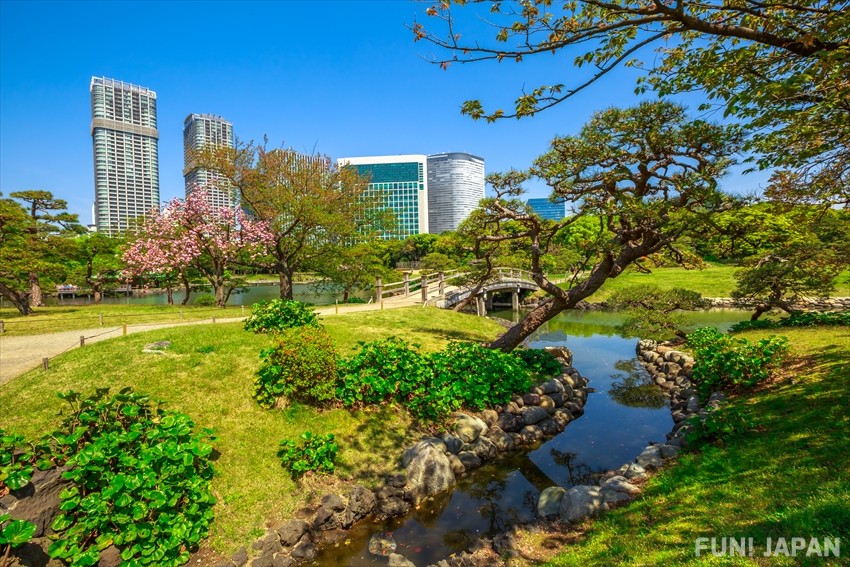
A public park surrounded by sea-water moats, Hamarikyu is a landscaped garden with ponds, a tea house and great city views. Built on the former villa of the ruling Tokugawa Family, it is a fantastic example of Japanese gardens, with seasonal flowers and displays of falconry at new year. The tea house offers a tea-ceremony experience with matcha and traditional sweets.
Spot Information
- Name: Hamarikyu Gardens (浜離宮恩賜庭園)
- Address: 1-1 Hamarikyuteien, Chuo, Tokyo
- Location: Hamarikyu is located on the waterfront close to Tsukiji Market and Shiodome Station. It is a half-hour walk from Harumi but can also be reached by subway or the water ferry service of Tokyo.
Getting to Harumi
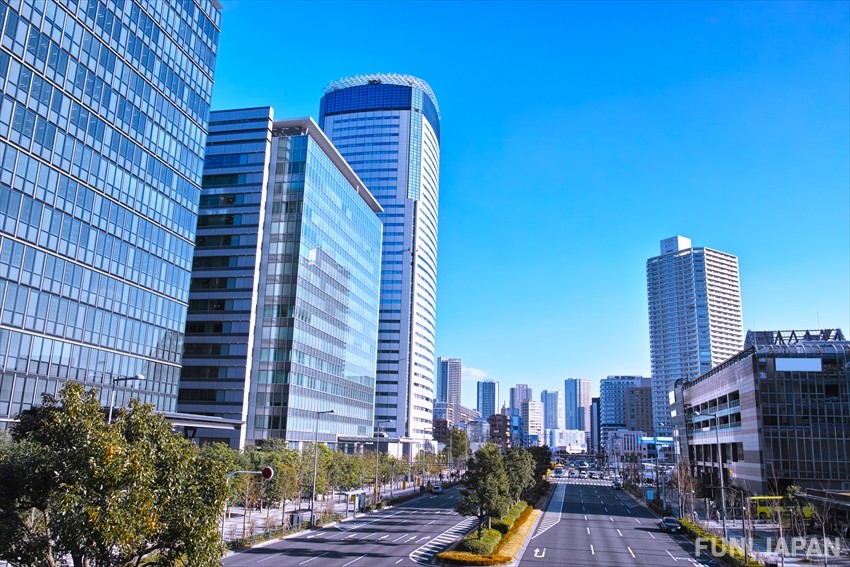
Harumi is easy to access from the Kachidoki Station on the Toei Subway Oedo Line which is a few minute’s walk from Harumi. Tsukishima Station is a few extra minutes walk but is also connected to the Yurakucho Subway Line, which is directly connected to Tokyo Station. There are a number of bus stops in Harumi connecting it with a multitude of locations in Tokyo including Tokyo Station, Ginza and Tsukiji.

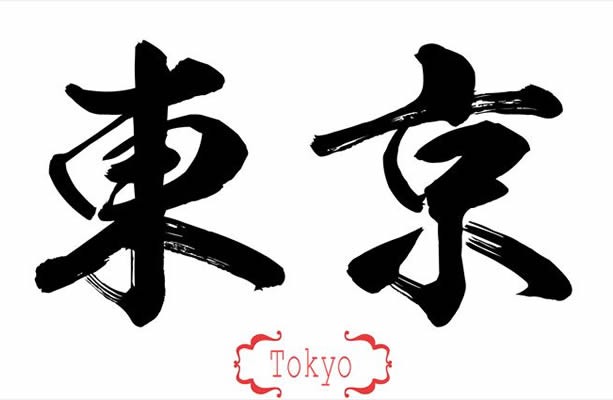
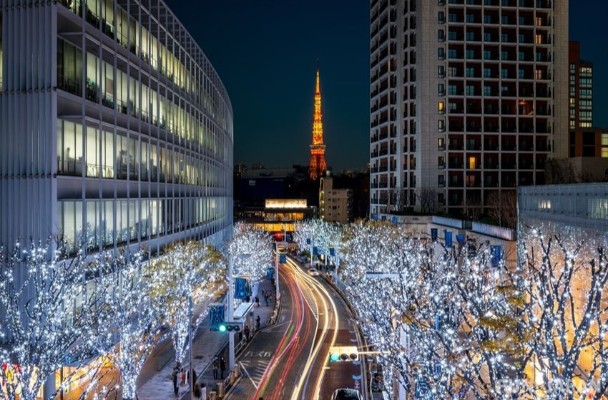
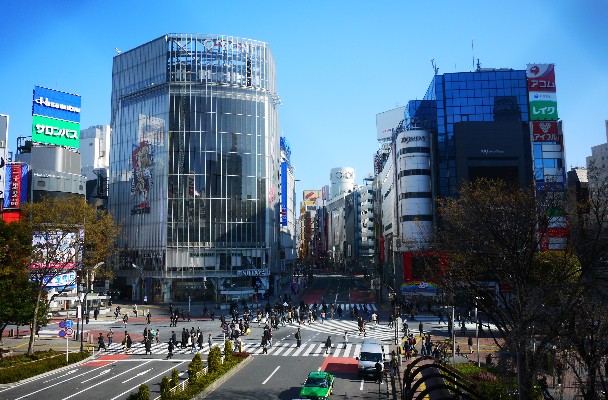
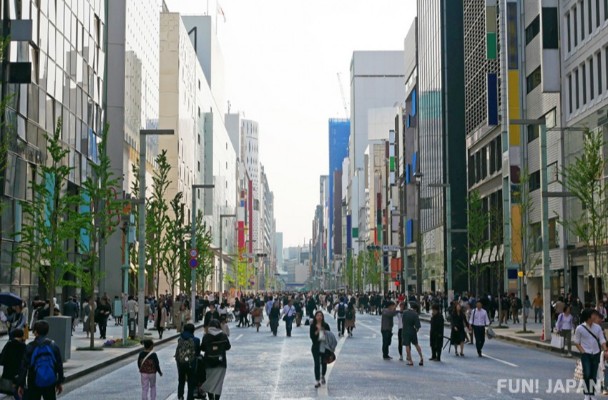


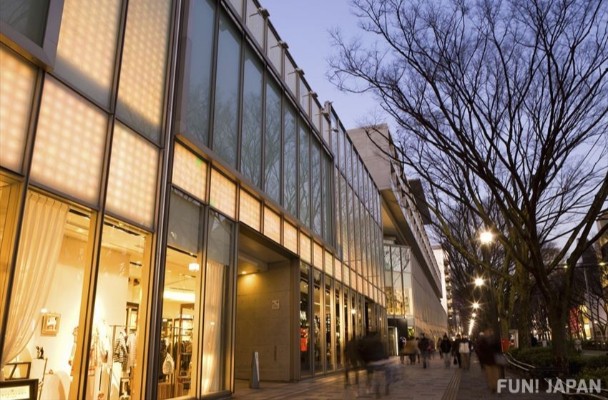
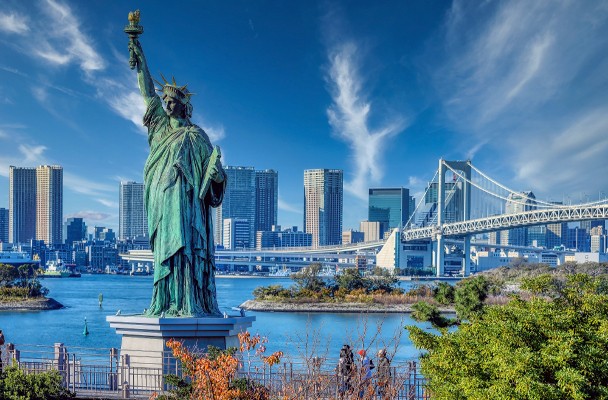
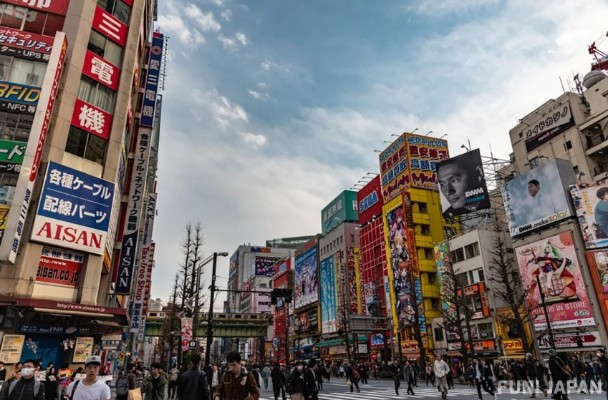

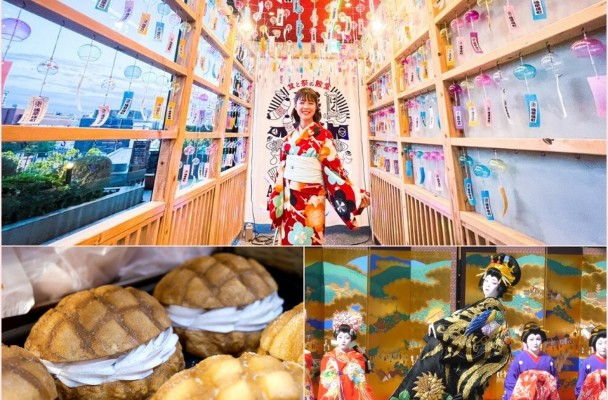
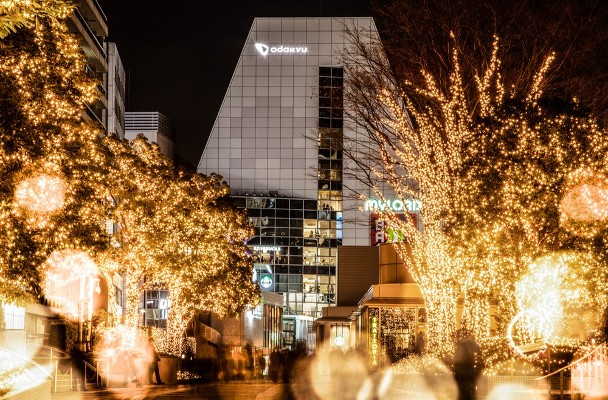
Comments